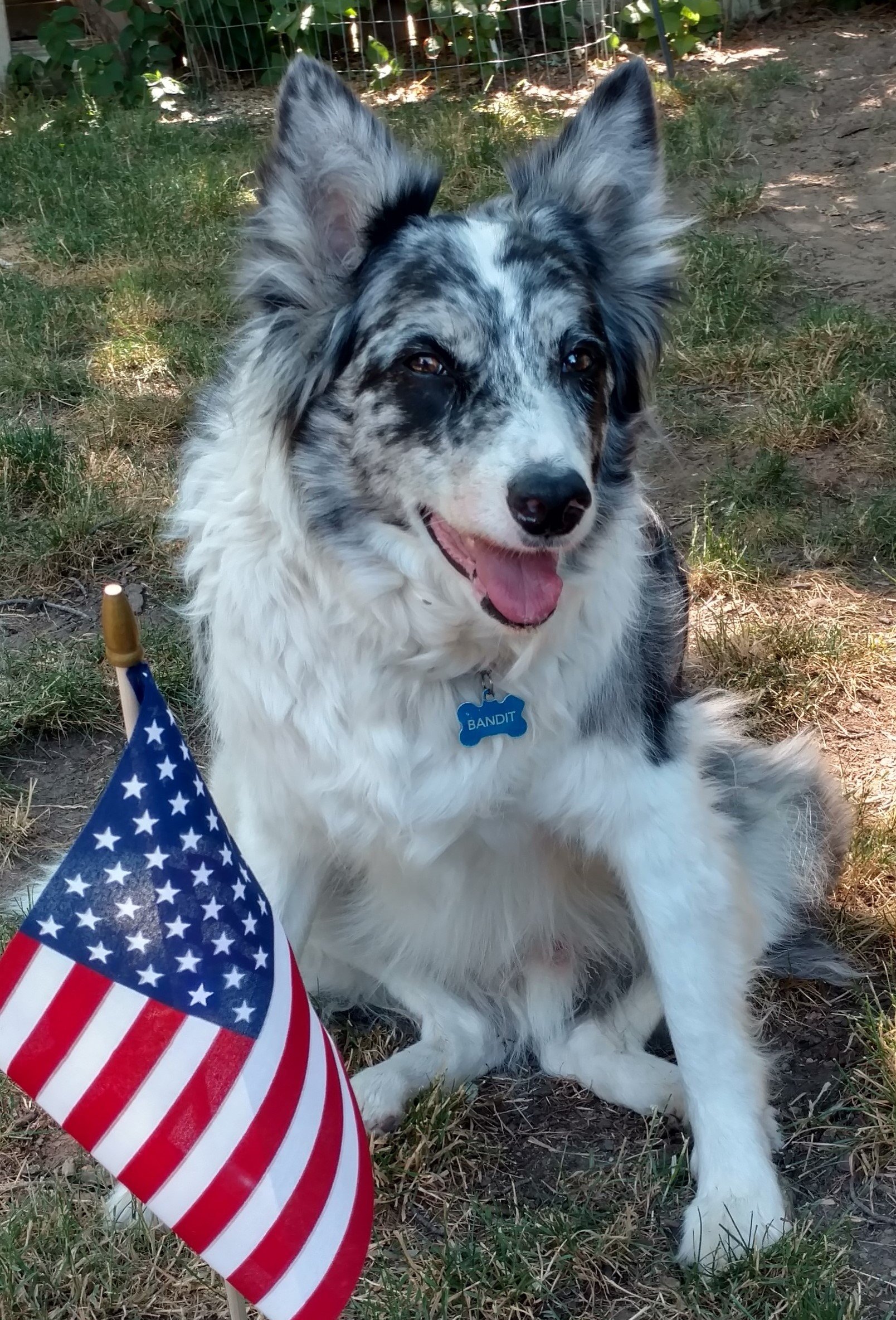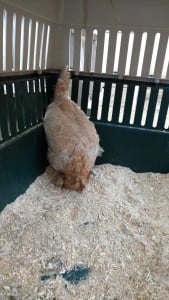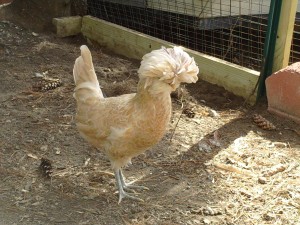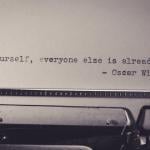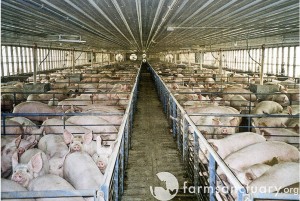
As 2011 comes to a close, you’re probably making a few New Year’s resolutions. Lose weight, exercise, stop smoking, the same old, same old.
If you’re an animal lover, how about making a resolution that’ll benefit both you and your favorite animals? This week, we’ll look at 5 resolutions that are perfect for animal lovers. Since yesterday was a holiday (translation: I didn’t get off the couch all day) we’ll do two today and one every day for the rest of the week.
Our first resolution: Think before you eat.
Let’s get this out on the table right at the start: I am not a vegetarian. I like meat. In fact, I’m kind of craving a steak right now. But over the last few years I’ve become more and more informed about what I’m actually eating and it’s changed the way I view food – what I eat, where it comes from, and how I feel about it.
One thing that changed my view of food happened when I visited a dairy farm. I had no clue what actually was involved in raising dairy cows. I just open the jug, pour it into my tea, and move on with my life. But good grief, the process of raising a calf, feeding it, milking it, getting the milk to the processor, and starting all over is monumental. And that’s not even considering the farmer – his life, his family, his house and fields, maintaining buildings and equipment. Why anyone would choose to be a dairy farmer is a mystery to me.
Which makes me very, very, very thankful for those farmers who do.
That experience led me to investigate more. I started with “The Omnivore’s Dilemma”, by Michael Pollen, a daunting task even for an avid reader. But what an eye opener. I started going to the farmer’s market and talking to the people who actually grow the food I eat. I started reading labels; I had been doing that for a while already, thanks to a sensitivity to artificial colors, flavors and preservatives. But now I was looking for labels that told me where my food came from.
Here’s a challenge for you: Try for a week eating foods that don’t contain artificial colors or flavors, that don’t contain BHT, BHQ, sodium benzoate or other preservatives, and that are sourced in the US. Good luck.
I got myself a few chickens, just for kicks. Do you know what much work and mess it takes to get eggs? Or how fun chickens actually can be?
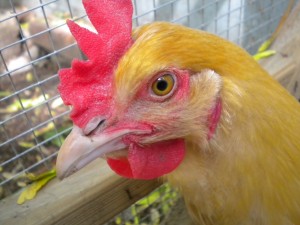
All of that digging made me realize that I’m not just what I eat – I am what what I eat, eats. In other words – what goes into a cow, goes into me. And what goes into what goes into a cow (or chicken or fish or pig), goes into me.
Take it a step further – how are the animals treated? My chickens live in a nice run with a lovely coop, lots of room, and lots of fresh air and feed. They get chicken feed but also greens and squash guts (which they love) and other treats that keep them happy and healthy. They have names and I know their personalities – from cranky Mrs. Beasley to bossy Aunt Bea to quirky Lucy and Ethel. When I harvest eggs, I can tell who laid which eggs by looking at shell color, shape and size – and who just stood up and proclaimed to the world that she just laid an egg.
Do you know where your grocery store eggs come from? Birds who live in cages so crammed they can’t lift their wings. Hens who have never touched grass or roamed around a yard.
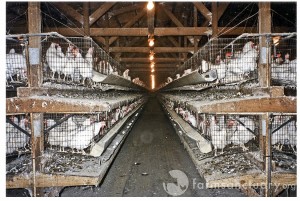
And how about that steak? Do you know what goes into your cow’s feed? Where it comes from and how it affects the cow? Did you even know that cows weren’t created to eat the grains that they’re fed on factory farms?
So that’s resolution #1 for 2012: take some time to think about what you eat, and ask yourself some of these questions:
- Where did the food come from?
- What did the animal that I’m about to eat, eat? How was he raised and treated?
- What was man designed to eat, and what are the healthiest foods for man and animal?
- What responsibility do we have for the welfare and well being of the animals we eventually eat?
If you have no clue where your food comes from, I suggest you start by reading Michael Pollen’s “In Defense of Food”. It’s a easy to understand book that addresses everything from what is food to how to eat. If you’re up for it, move on to “The Omnivore’s Dilemma,” Pollen’s journey to follow four of his meals from source to dinner plate, including one meal in which everything served is something he either grew or killed himself.
And if reading’s not your thing, check out the documentaries “King Corn” – surprise! Almost everything you eat is at its source, corn! – and “Food Inc”, which examines food and where it comes from.
Are you up for the challenge?
NEW YEAR’S RESOLUTIONS FOR ANIMAL LOVERS:
- #1 – Think before you eat
- #2 – Adopt a pet
- #3 – Be a better pet owner
- #4 – Volunteer
- #5 – Learn something new about animals


